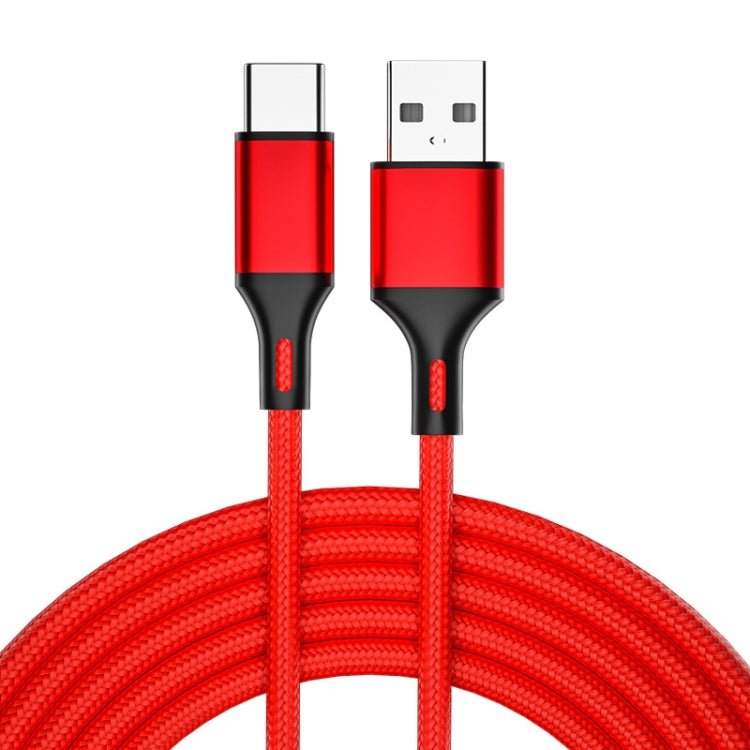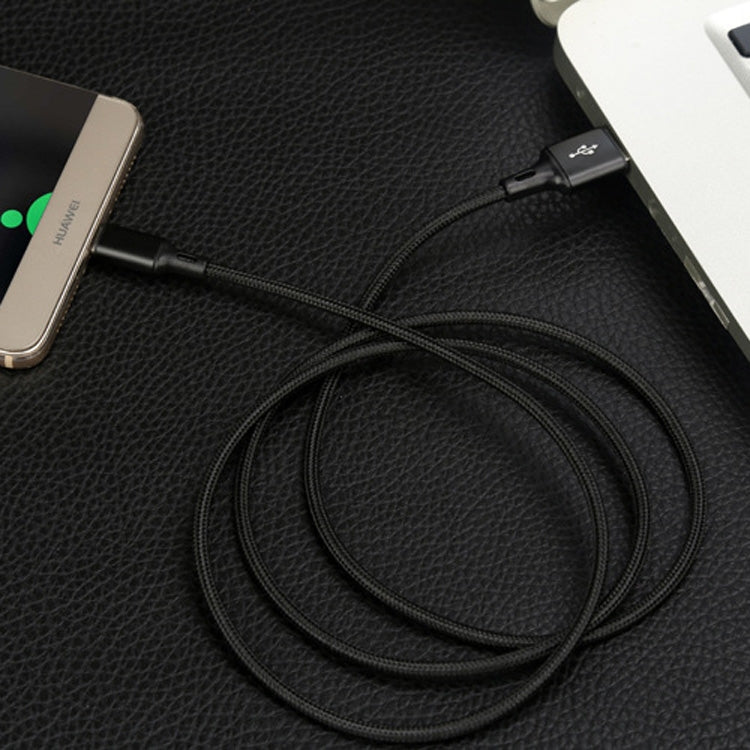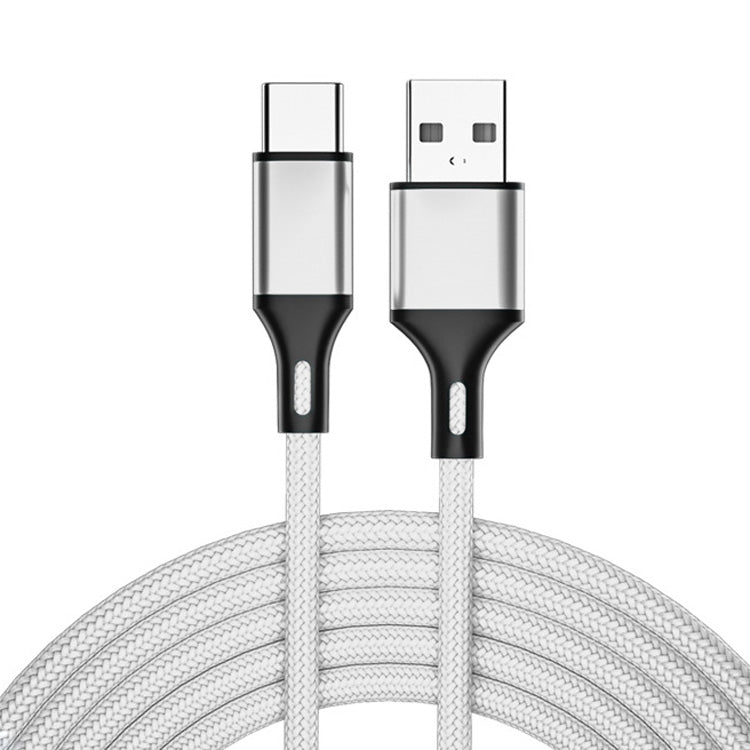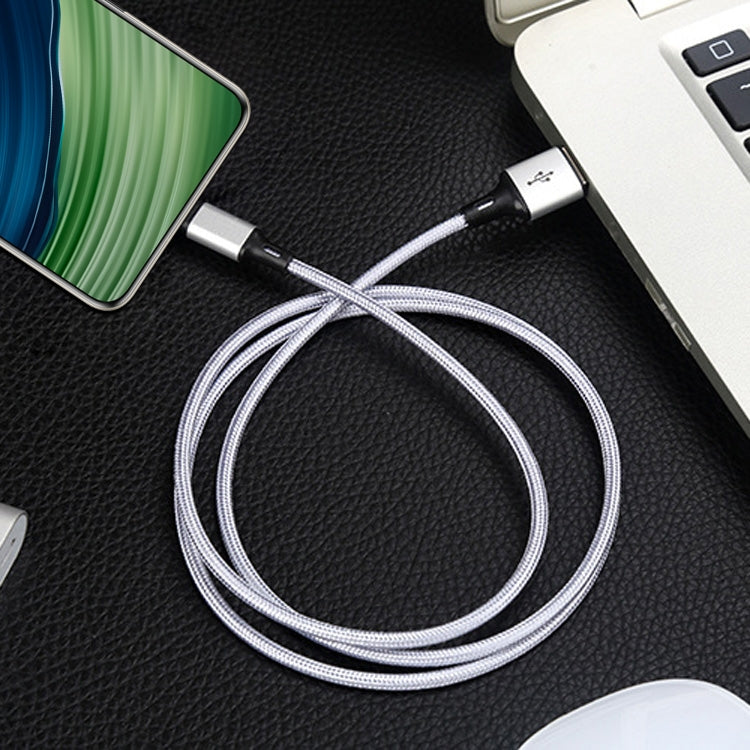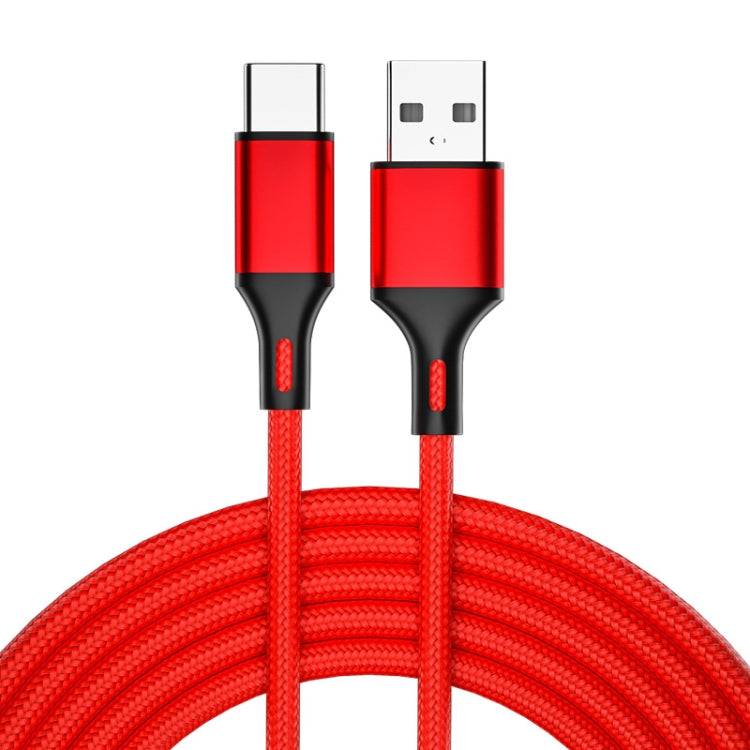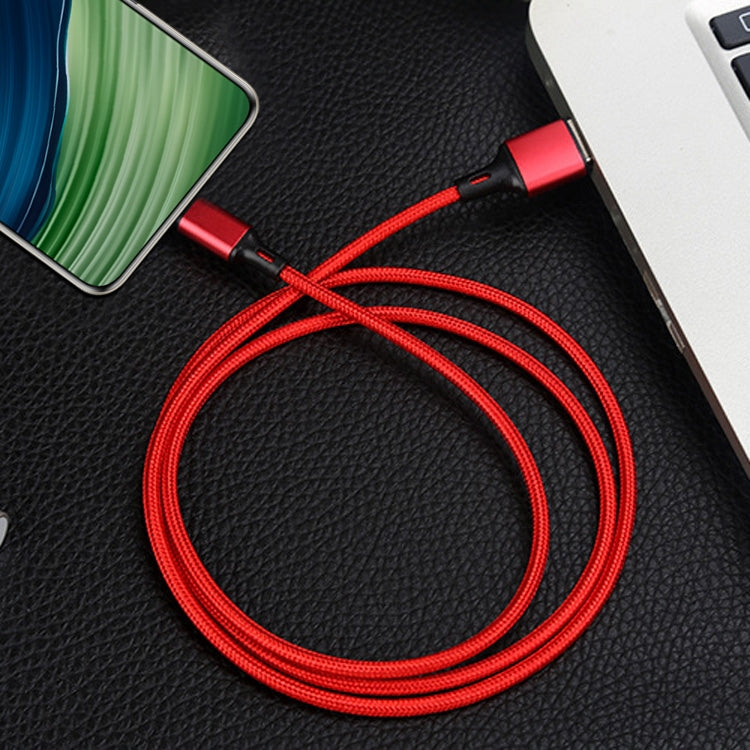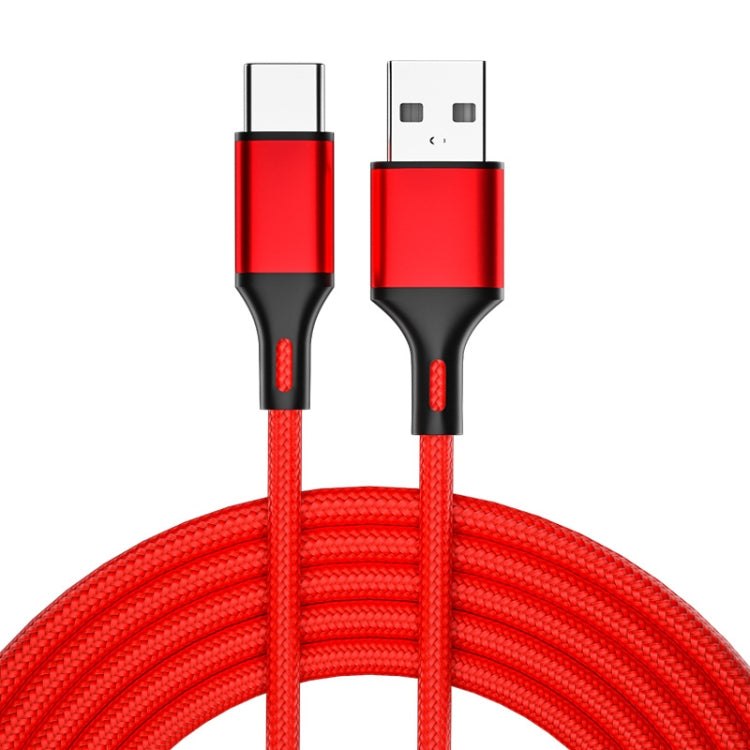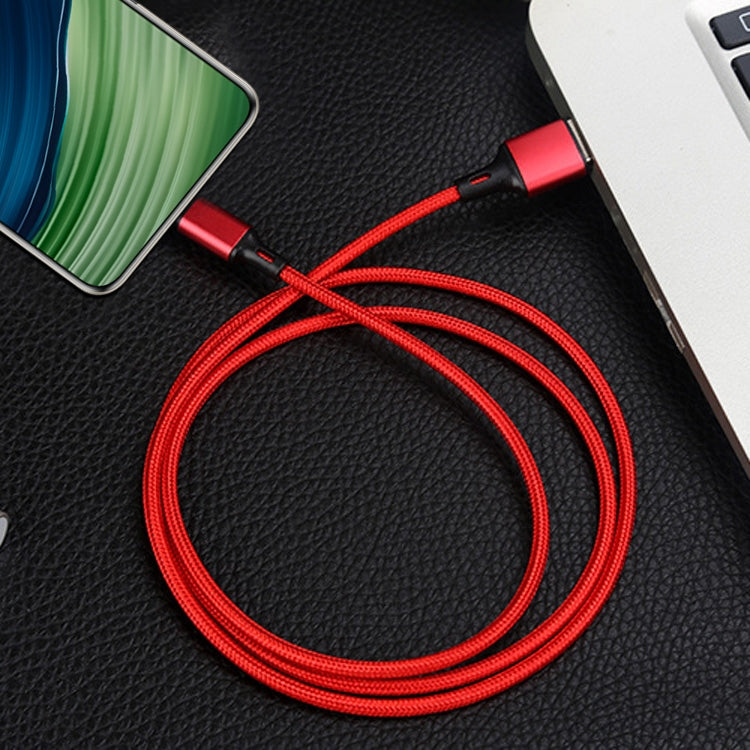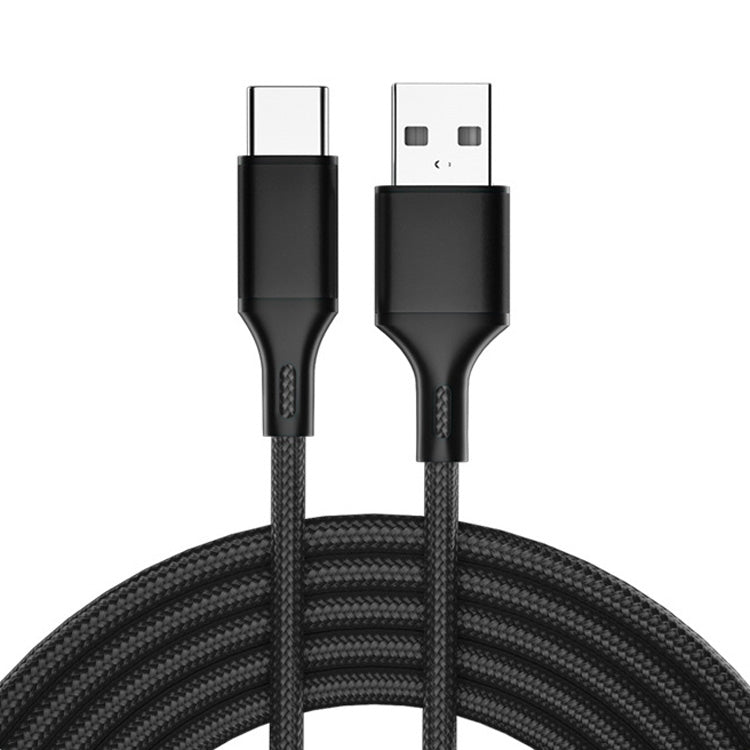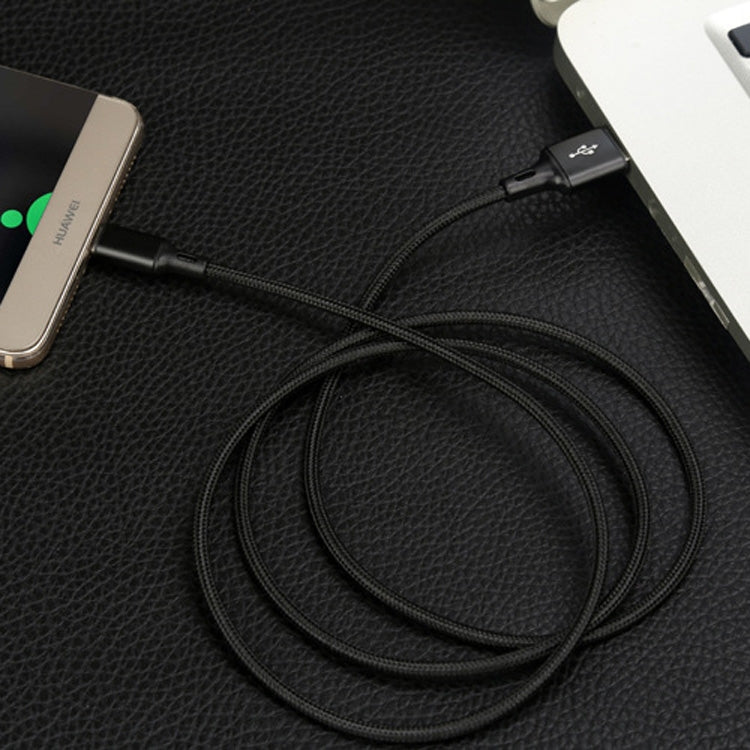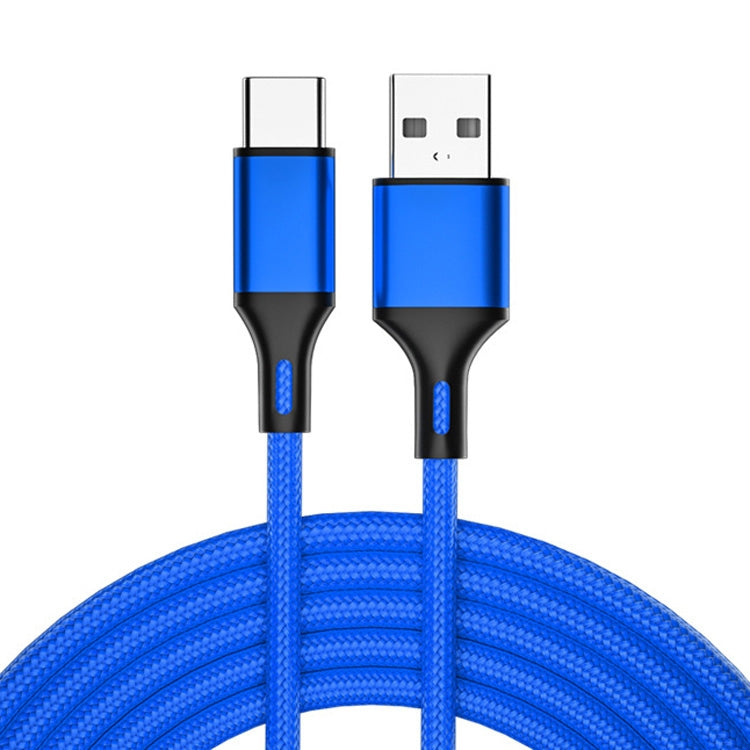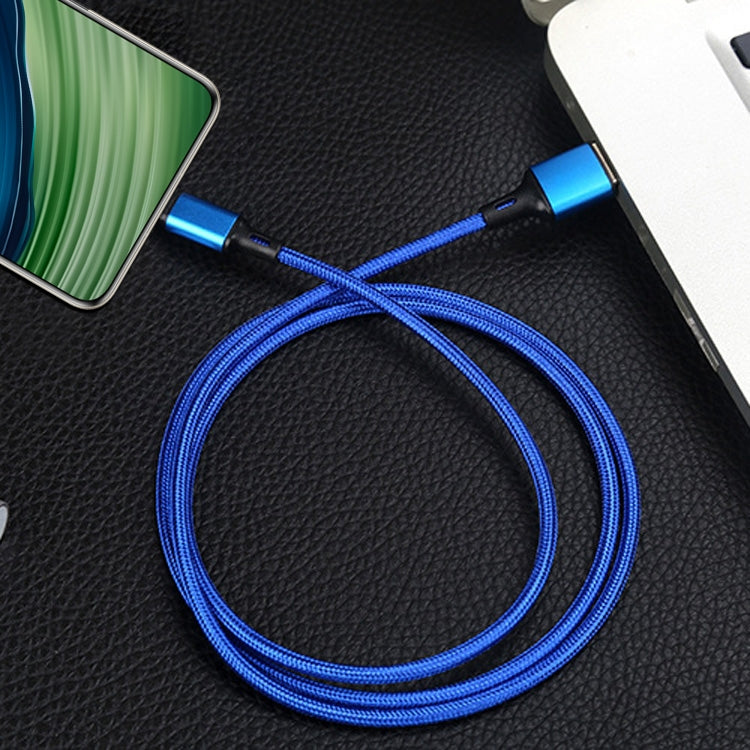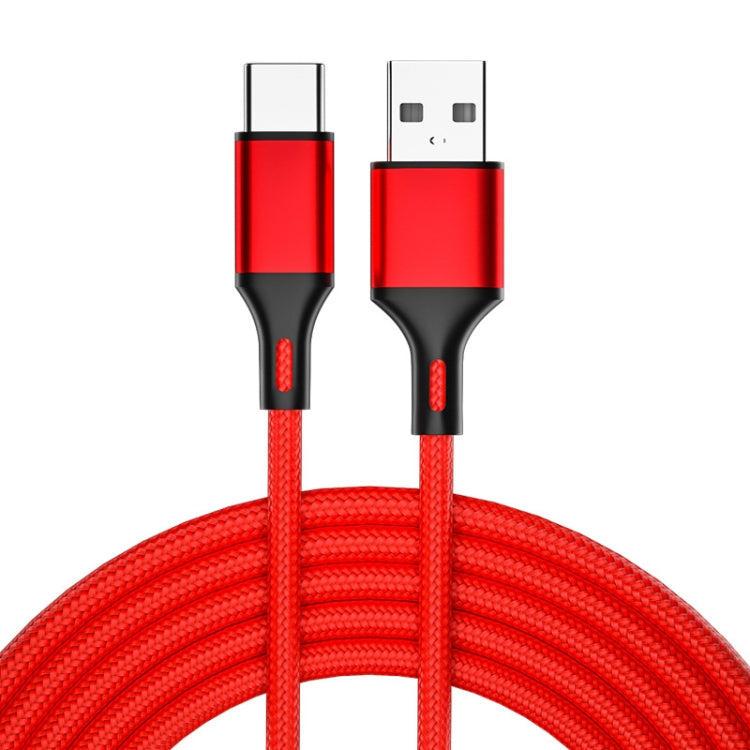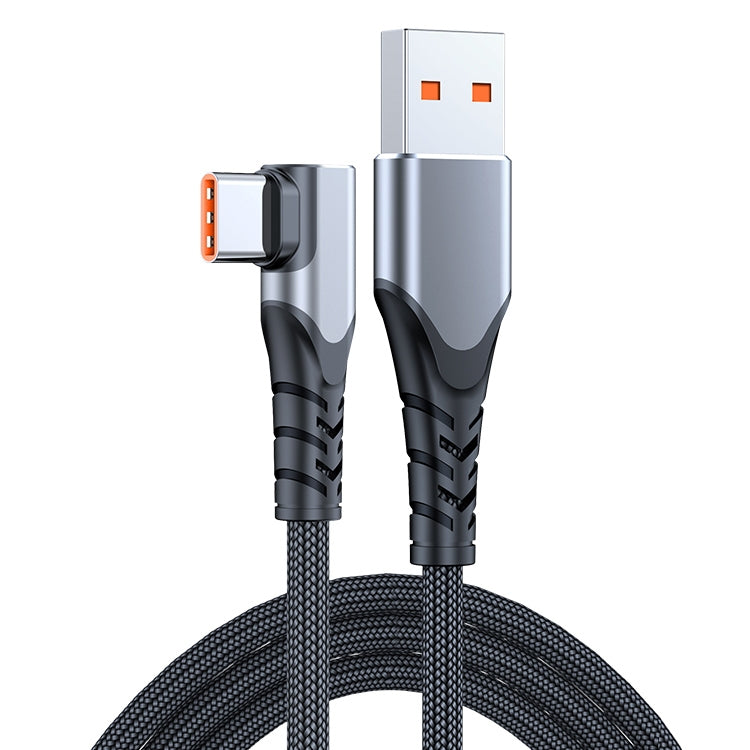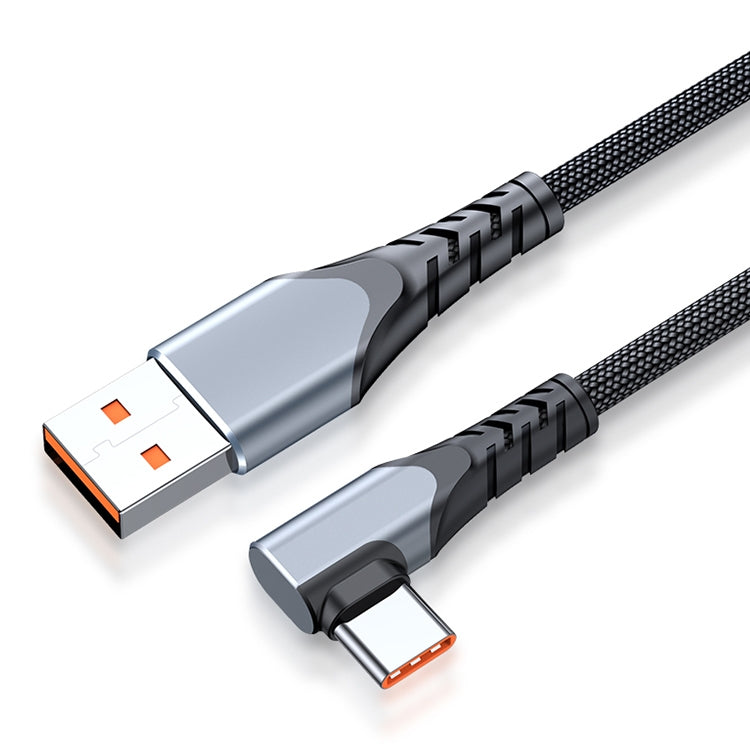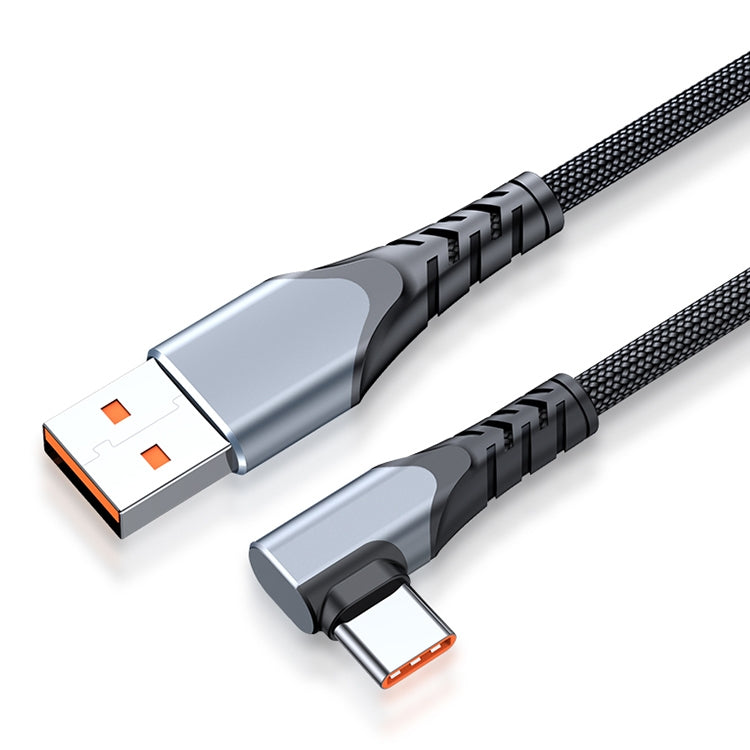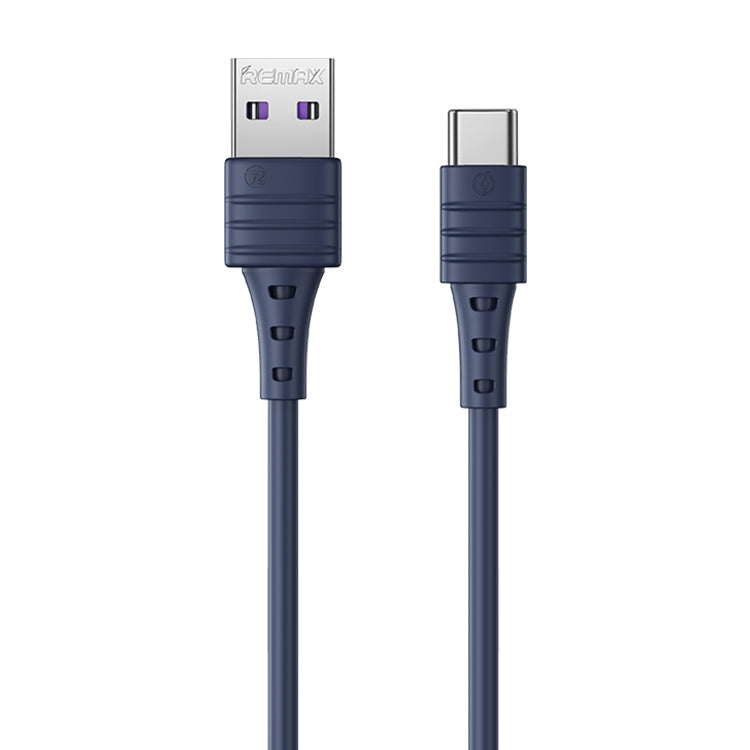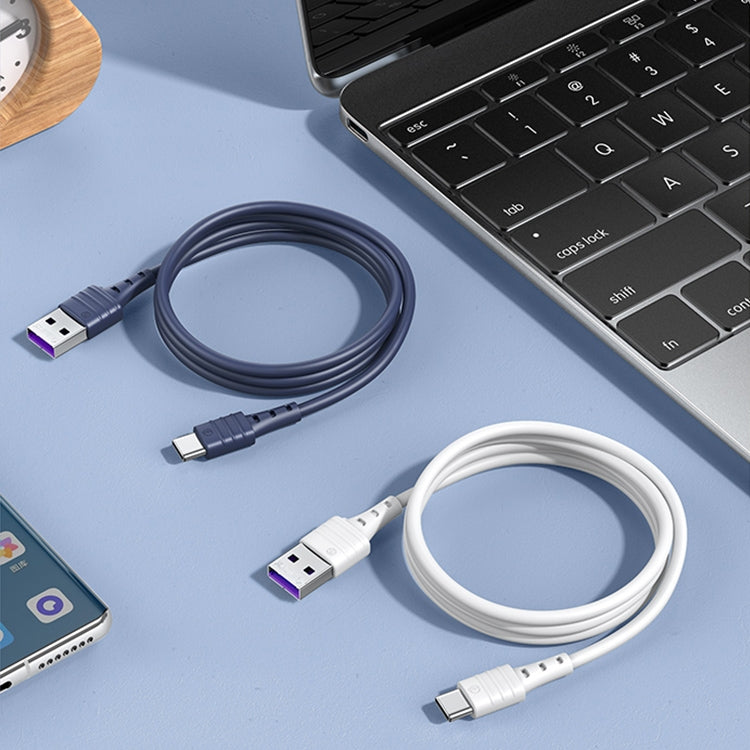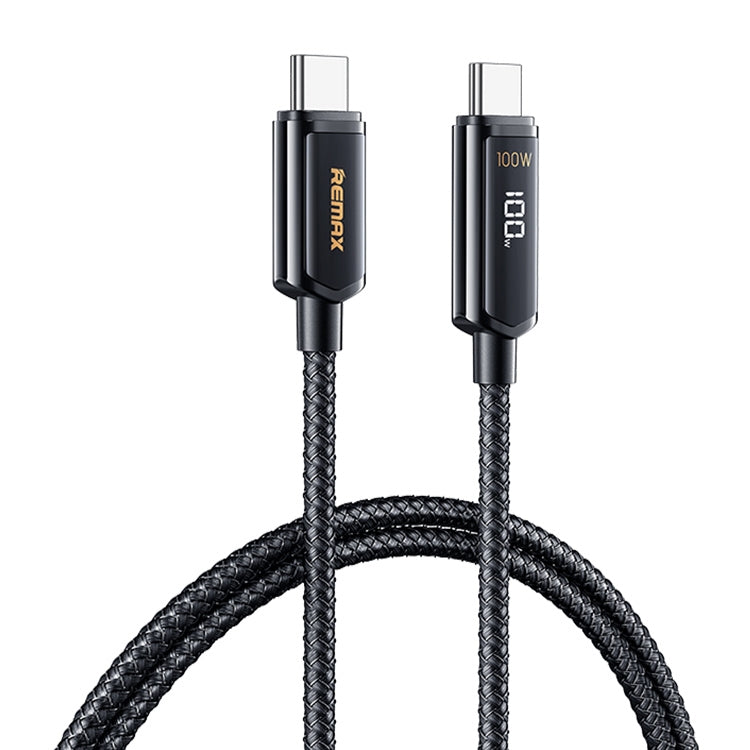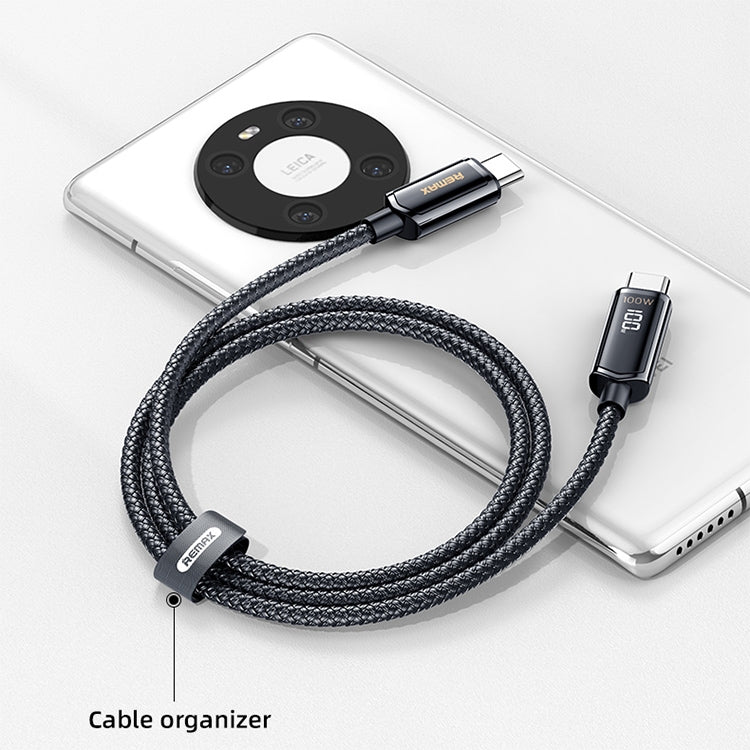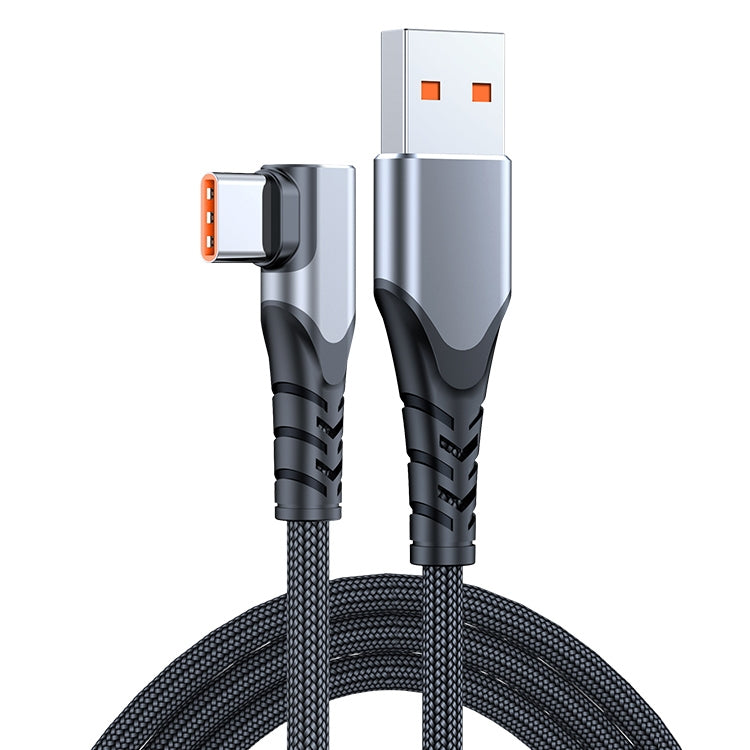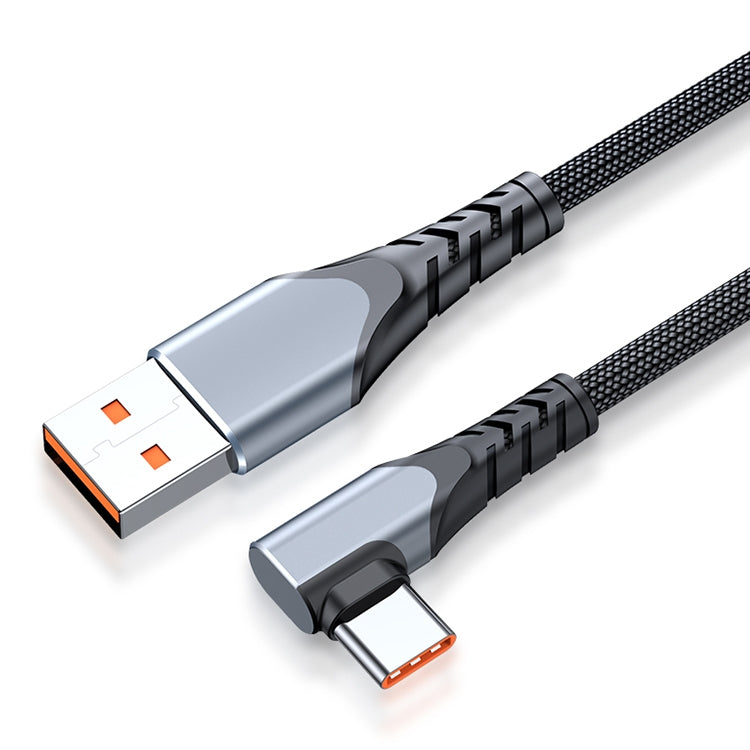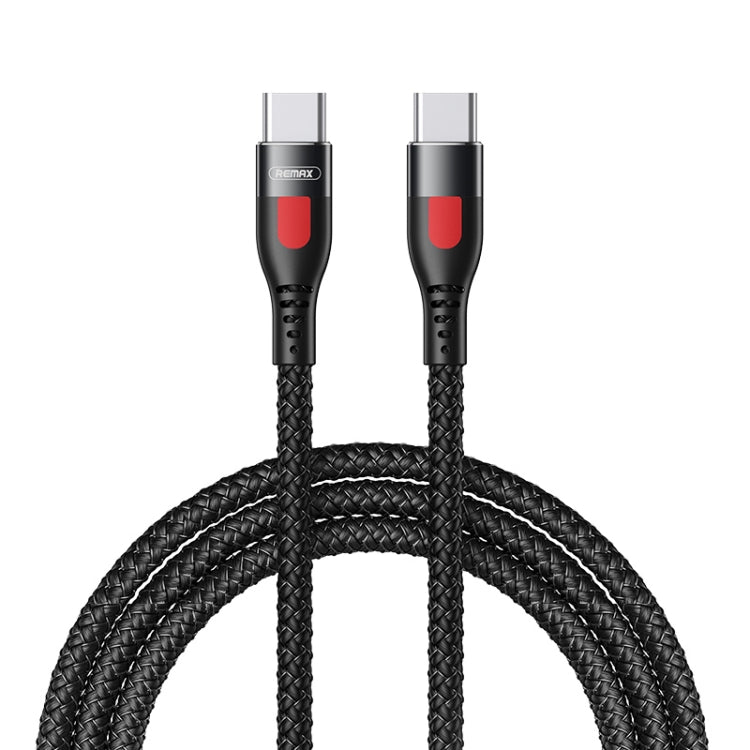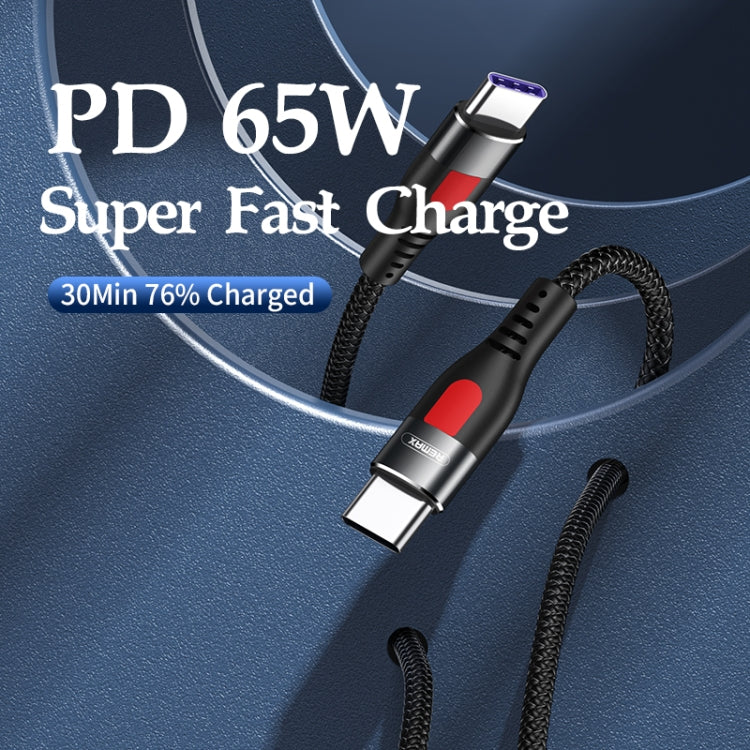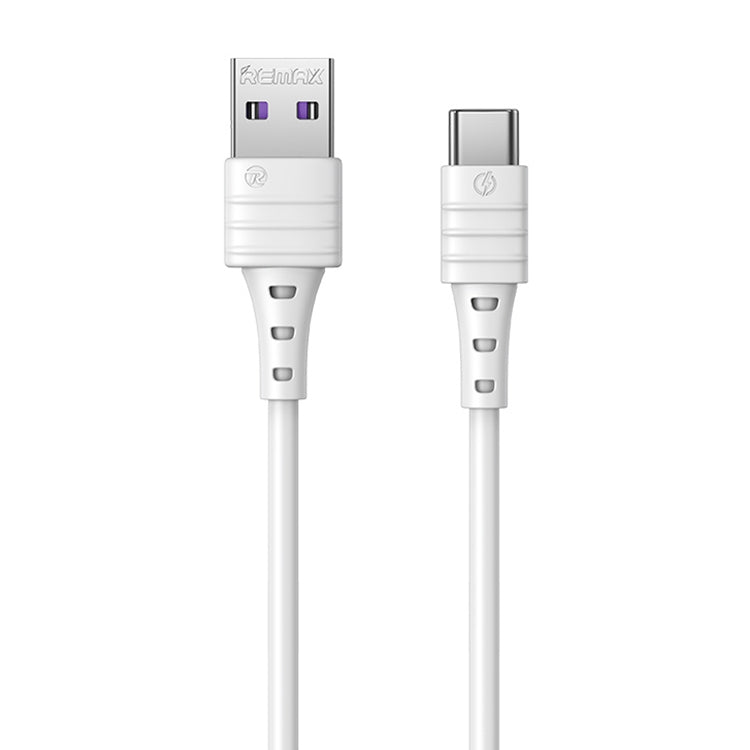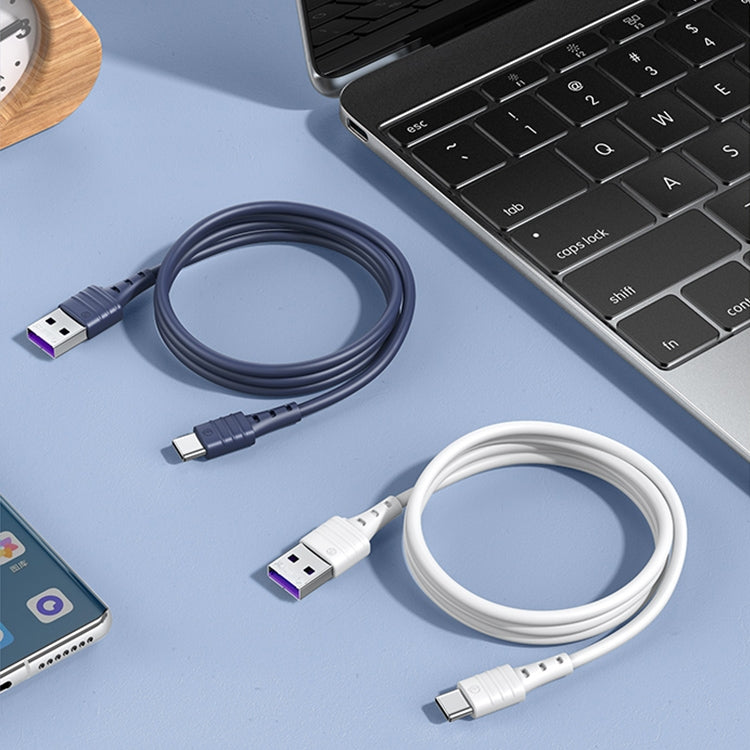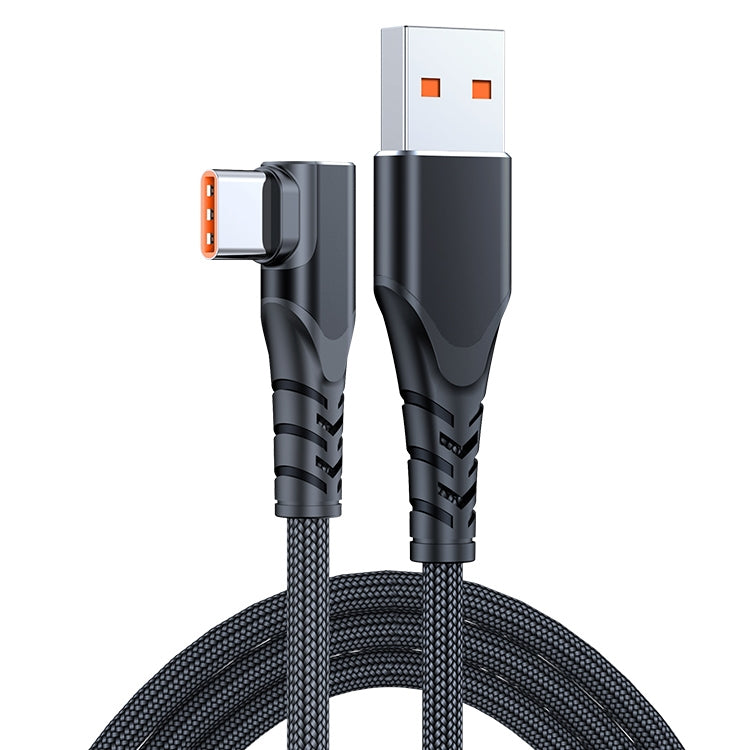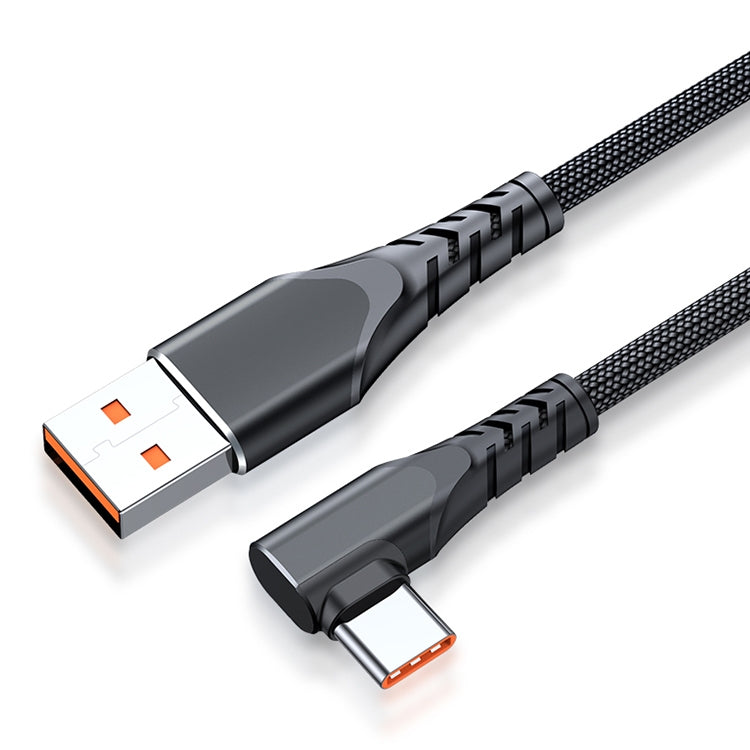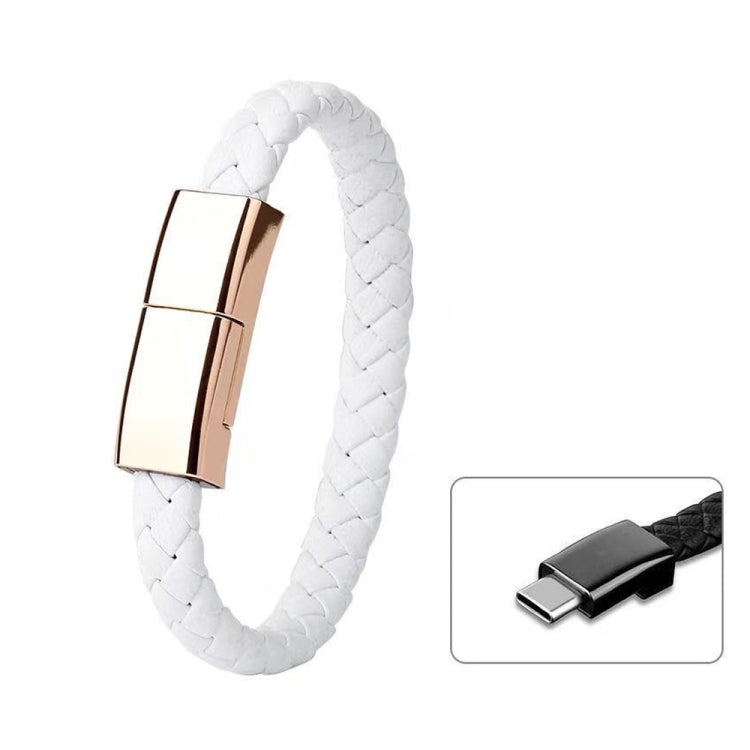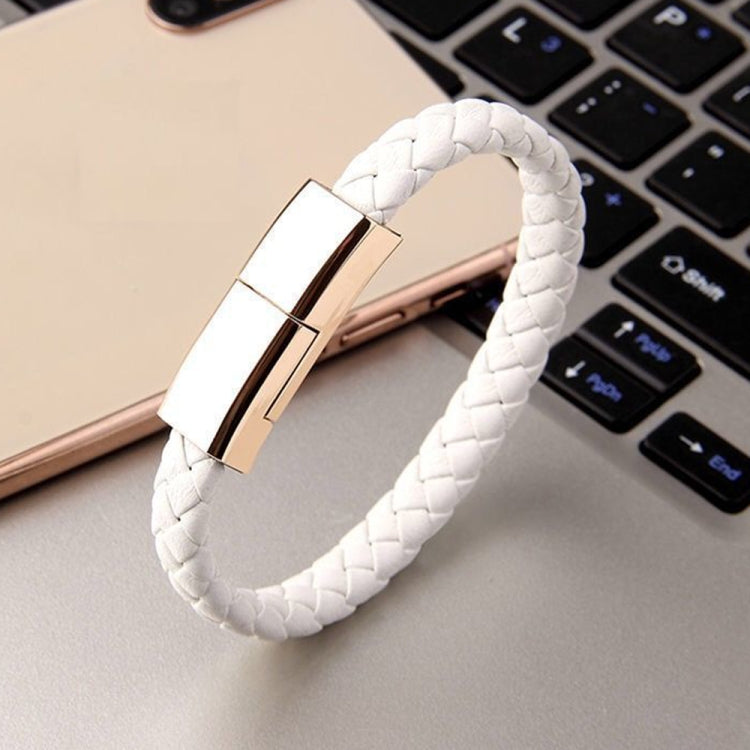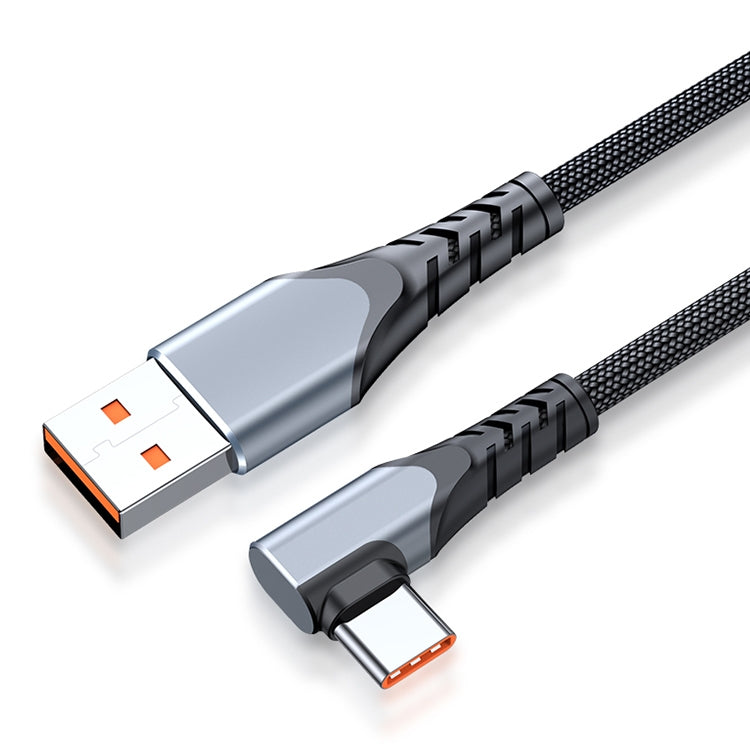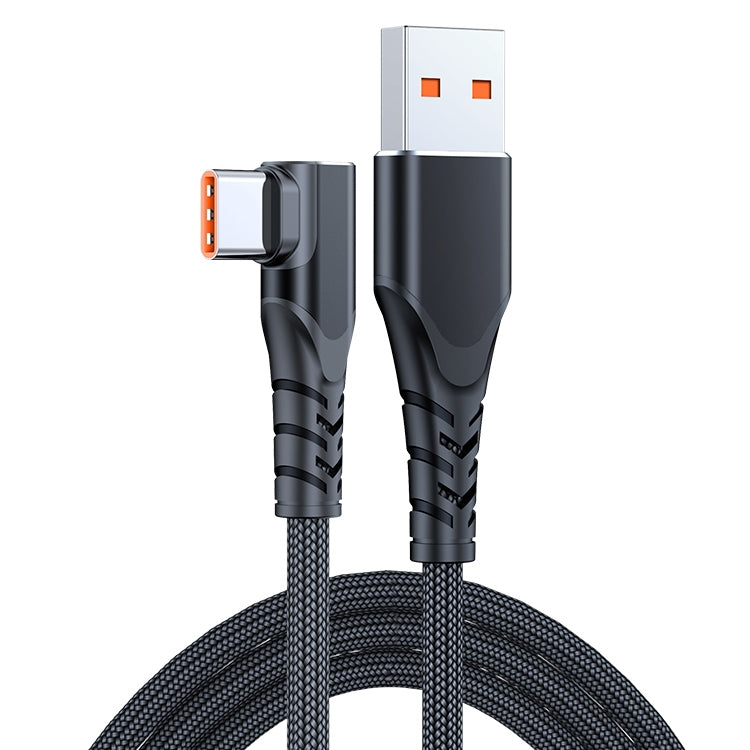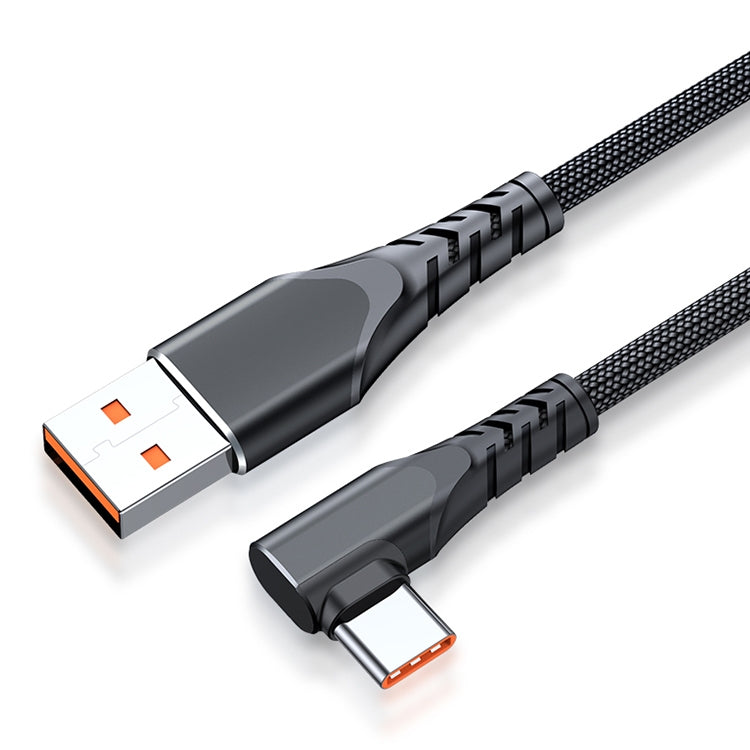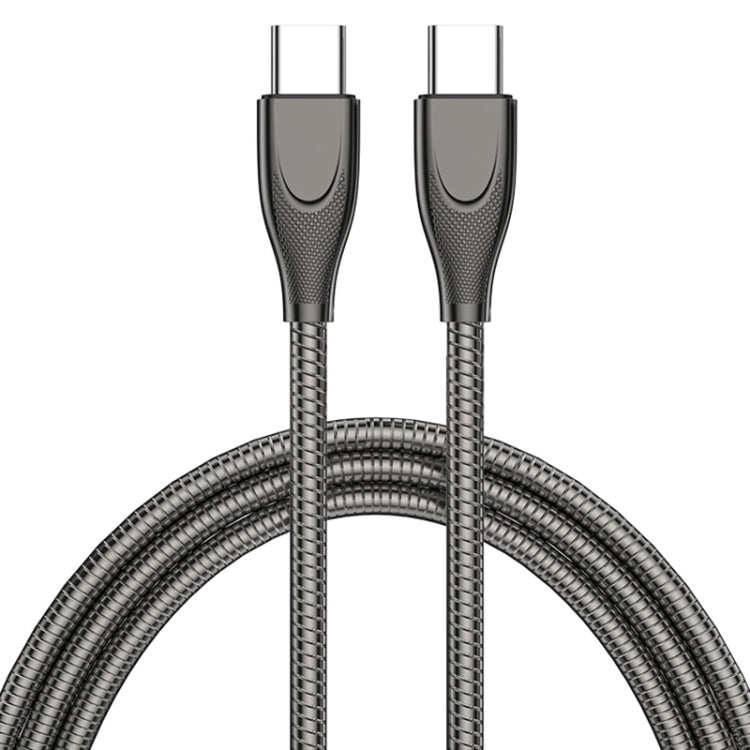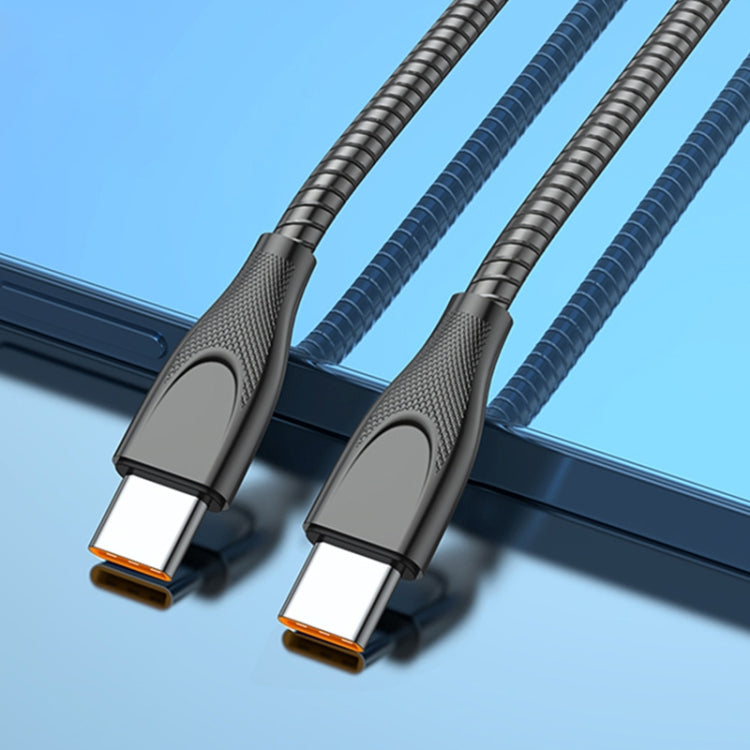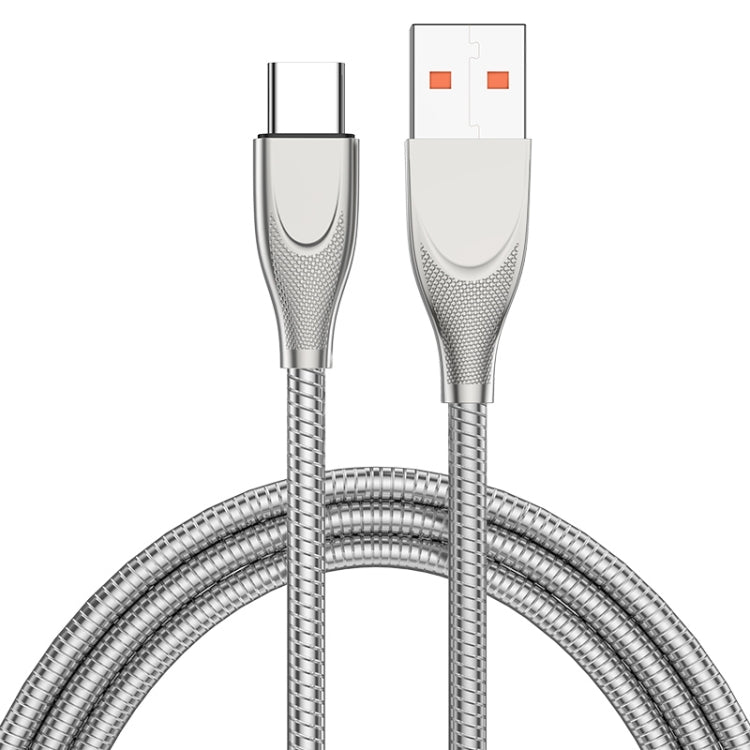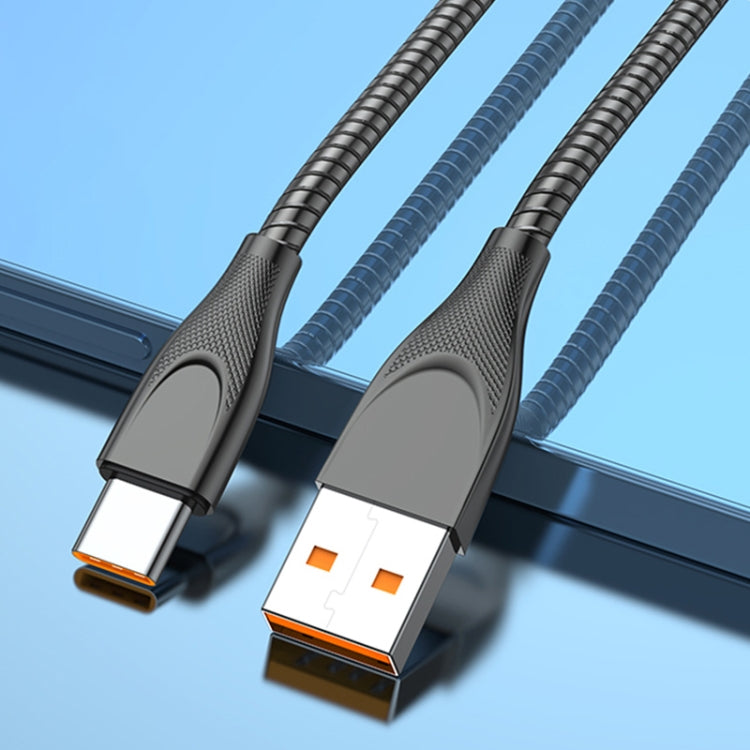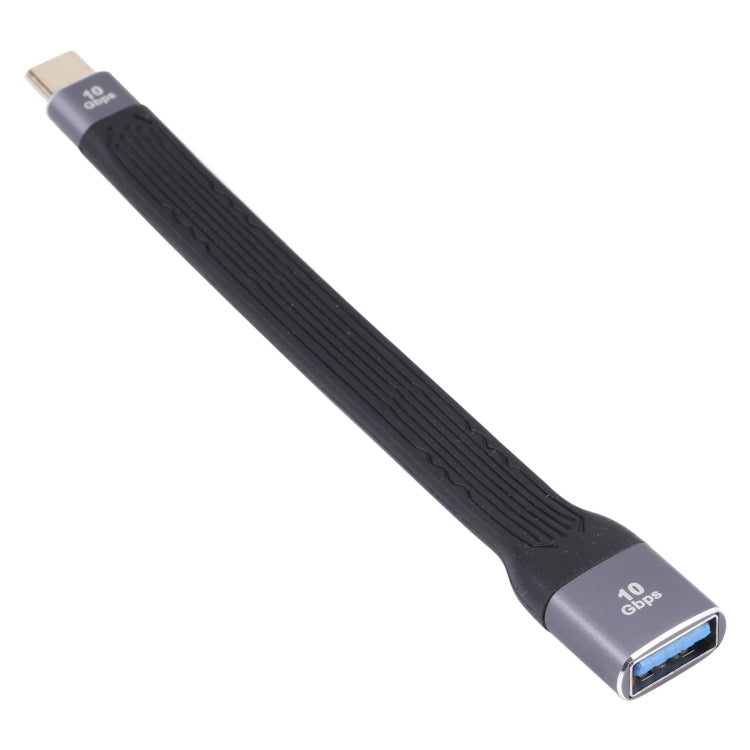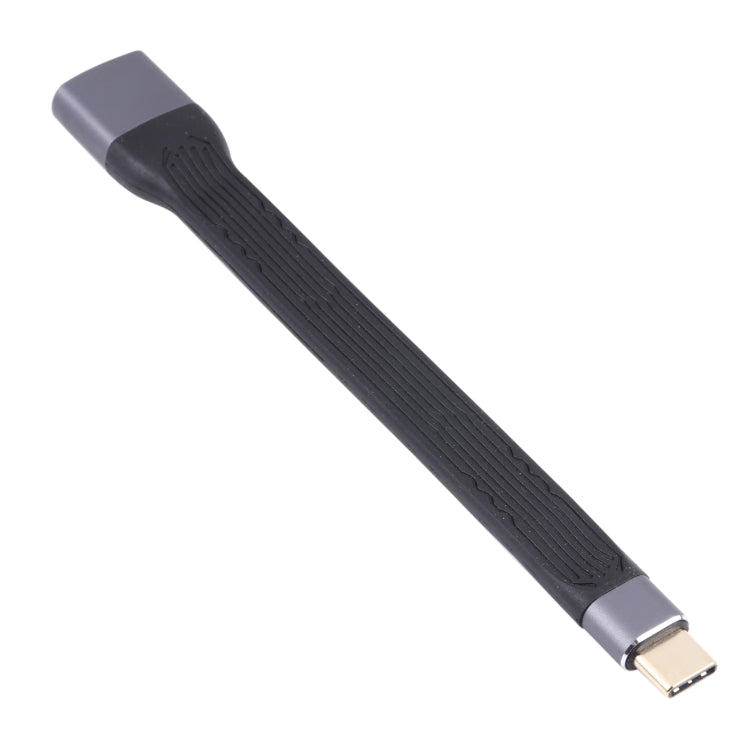Frequently Asked Questions
A type C charger is among the fast-charging USB connectors that are designed to be reversible. That is to say that the charger can be used in whichever way, as it supports faster data transfer and recharging. This makes it popular among new-generation smartphones and laptops.
A high-power charger offers greater power input in comparison to other chargers. It is apt to charge devices like smartphones, tablets, and laptops with greatly fast speed. Fast wireless chargers are very good for charging some high-capacity batteries fast time.
Fast wireless chargers utilize electromagnetic induction. It transfers power from your charger to your device. Every time you put your device on a fast wireless charger; it triggers fast charging, and that will transfer power without the use of cables.
The maximum wattage of high-power chargers differs and most go up to 100W, which means they allow for a fast charge within devices that require more watts in order to charge quickly, such as laptops and smartphones.
Fast wireless chargers are generally slightly slower than equivalent wired chargers, but some models are very close. Wired charging tends to be more efficient, as the energy is traveling a shorter distance, whereas wireless incurs a bit of energy loss.
A, yeah most of the new gizmos and quick chargers offer protection from overcharging, but anyway jerk the charger out of your fully charged device for proper care to the long-term health of your battery.

